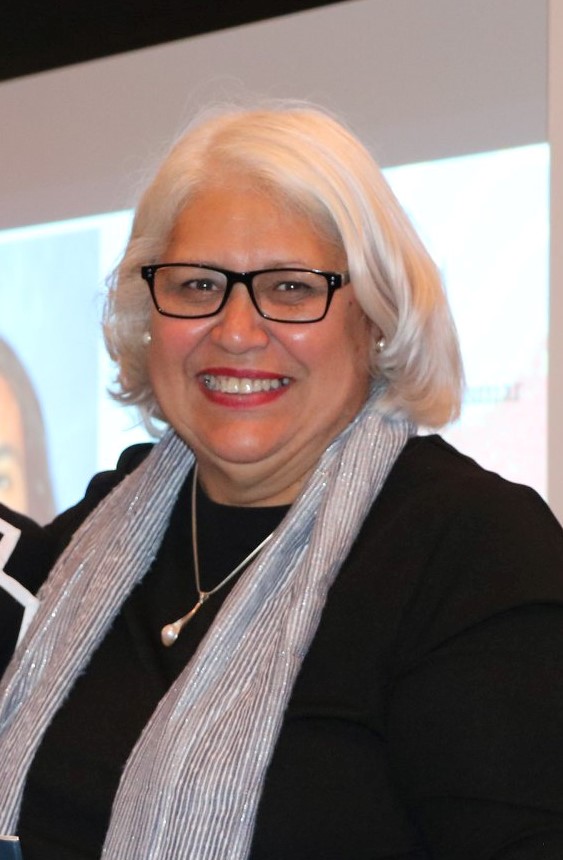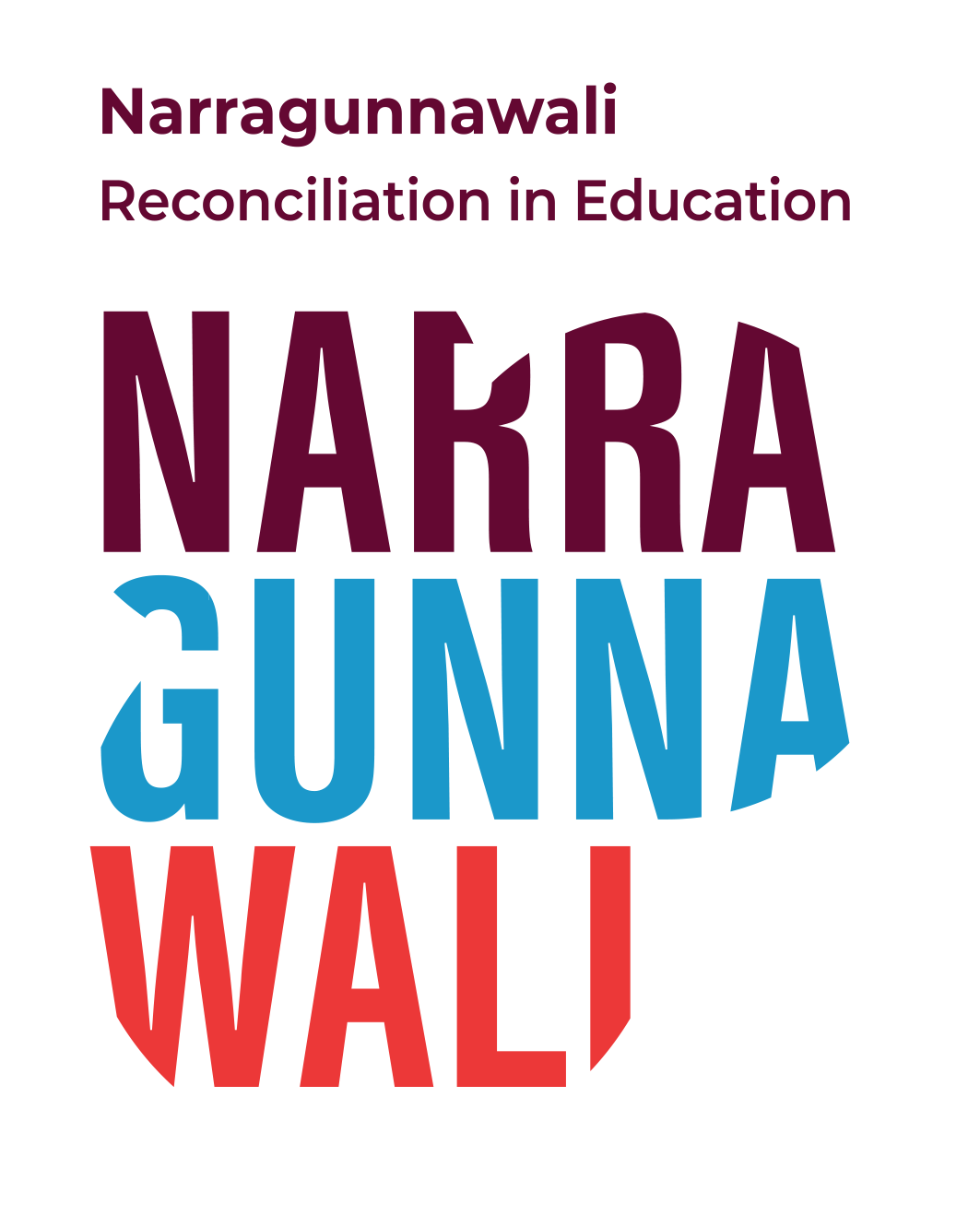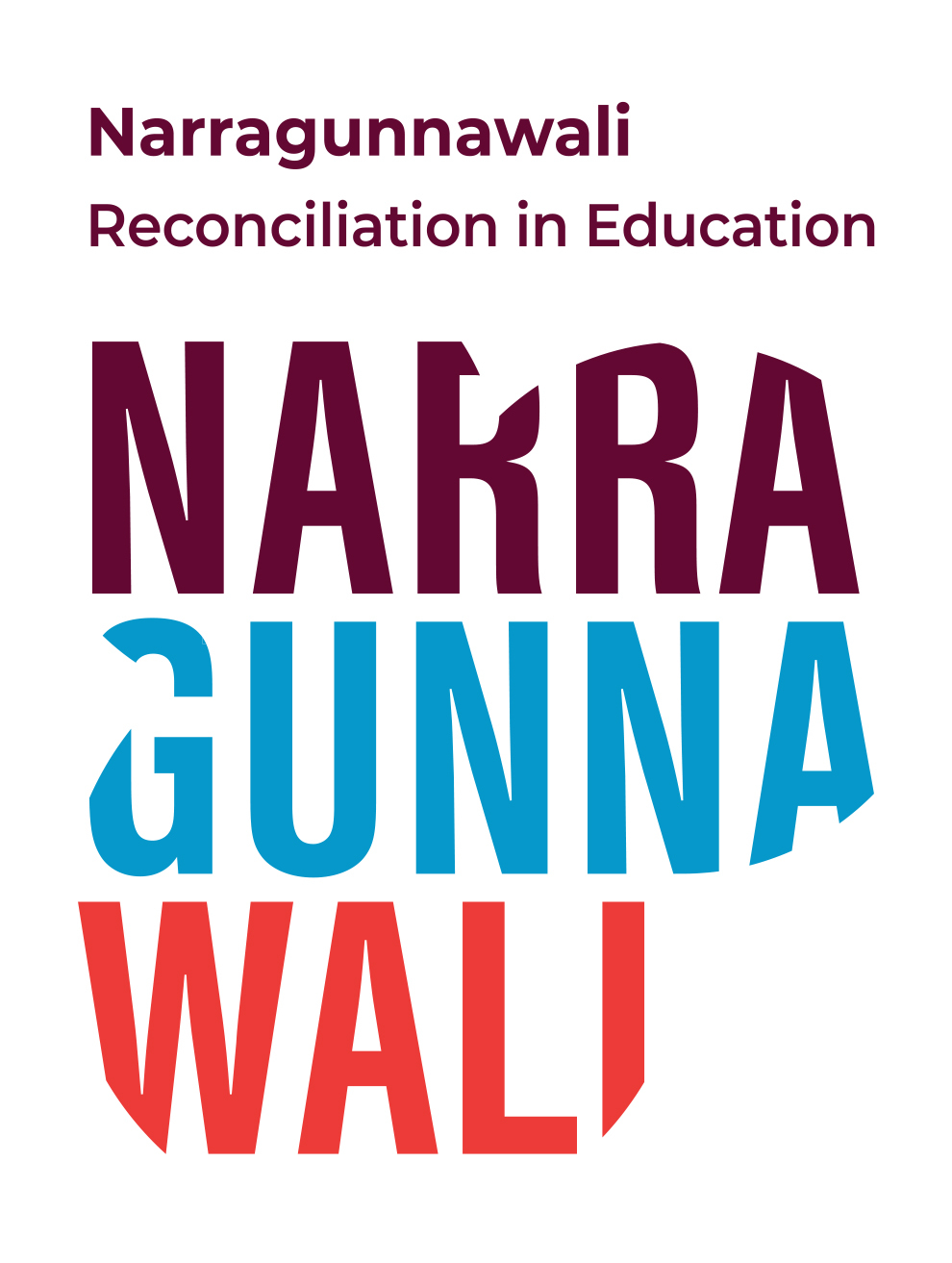Teacher Feature – Roni Forrest, WA
This year marks twenty years of Reconciliation Australia’s role in shaping Australia’s journey towards a more just, equitable and reconciled nation. This journey is strengthened by the collective efforts of teachers and educators across Australia and so this article proudly explores the 2020 National Reconciliation Week (NRW) theme, In this together, through a conversation with Minang Ngadju educator, Roni Forrest.


Thanks for speaking with us Roni! Can you please tell us a little bit about yourself and your work towards reconciliation in education?
I am a Minang Ngadju woman from the south coast of Western Australia and have been involved in education for many years. Recently, I retired from Future Footprints, which is an initiative of the Association of Independent Schools WA (AISWA) that supports rural and remote Aboriginal and Torres Strait Islander boarding students in metropolitan boarding schools.
My work with youth is my passion. The work resonates with me as I grew up a ‘bush kid’ on the south coast of WA before moving to the city for high school. It was a year of turmoil. I experienced chronic homesickness, alienation and isolation. I really know and understand the challenges our boarding students face.
What does reconciliation, and this year’s NRW theme, In this together, mean to you?
Reconciliation means everything to me! I was born a child of reconciliation as I have an Aboriginal mother and a non-Indigenous father, so I know no other way of communicating or working together in my world. My parents were fashionably reconciled long before it became a word! When everyone works equally together, we can achieve results, we are a stronger voice, and our community is stronger together.
I was involved with my Aboriginal community down south in the unveiling of a community project, which my family’s Yarramoup Corporation worked on for many years. It was a long held passion for me to have a notorious massacre site in my country district acknowledged. An Acknowledgement of Country and interpretive memorial now recognise the site. We achieved what some people thought unfathomable and more – our communities came together and we have moved from a phase of guilt and blame to an amazing space of healing and respect. This shows that reconciliation works when all communities come together with a common purpose.
In your experience, how do Reconciliation Action Plans (RAPs) support educational communities to work together towards reconciliation?
I have seen a huge change in the reconciliation in education space. People are more willing to come on board and be change makers. [Teachers] say things like “why didn’t we learn this in school?” but, as adults now, they know they can be change makers.
Reconciliation Australia have done an amazing job in promoting reconciliation, by encouraging schools and communities in building truly respectful and meaningful relationships and building trust with each other. The Narragunnawali program has schools engaged across the country and the Awards program allows for celebration of their achievements and successes of people involved. It is a brilliant initiative.
Seven of [AISWA’s] participating schools have developed, or are developing, [Narragunnawali] RAPs and the Association of Independent Schools of WA have launched their workplace RAP. These Reconciliation Action Plans are not just words on paper but real action, which allow us to celebrate and build on partnerships and develop new ones with Aboriginal students and communities. Cultural awareness and competency needs to go hand in hand with reconciliation across all our work and into the community.
Through RAPs, schools are more willing to step outside the traditional ways of teaching in classrooms and learn outdoors. It’s one of the most exciting things to happen in the education space, this concept of contextual teaching, which provides an amazing forum for working in bush settings, outdoor classrooms rivers and beaches. This learning on Country is transformational. Nature play connects students to outdoor environments and teaches them Aboriginal perspectives of Country and a sense of place. It’s very exciting as it is also a way to engage strongly with the Aboriginal community.
The unity dimension of reconciliation describes an Australian society that actively values and recognises Aboriginal and Torres Strait Islander cultures and heritage as a proud part of a shared identity. How can teachers and educators contribute to shaping this shared identity, and shared pride?
The most effective way is to have ongoing cultural lessons anytime anywhere and constantly. We do not learn anything in one week of celebrations and our cultures are more than eating kangaroo stew and painting dots and hand symbols on card! We should be embracing culture and embedding cultural studies in every curriculum subject.
Students and community need to understand the history of Australia – the true history including the truth of frontier contact. This is our experience and lives were impacted from it. Truth telling is central to this learning.
Teachers, educators and communities need to acknowledge the Uluru Statement from the Heart and listen to our voice. The Statement was a collective voice of Aboriginal Australia seeking change. Learn about it.
This is how you build wonderful meaningful and respectful communities - learn and know each other’s history and listen to stories and share that history. It’s not just our Aboriginal history; its Australian history.

